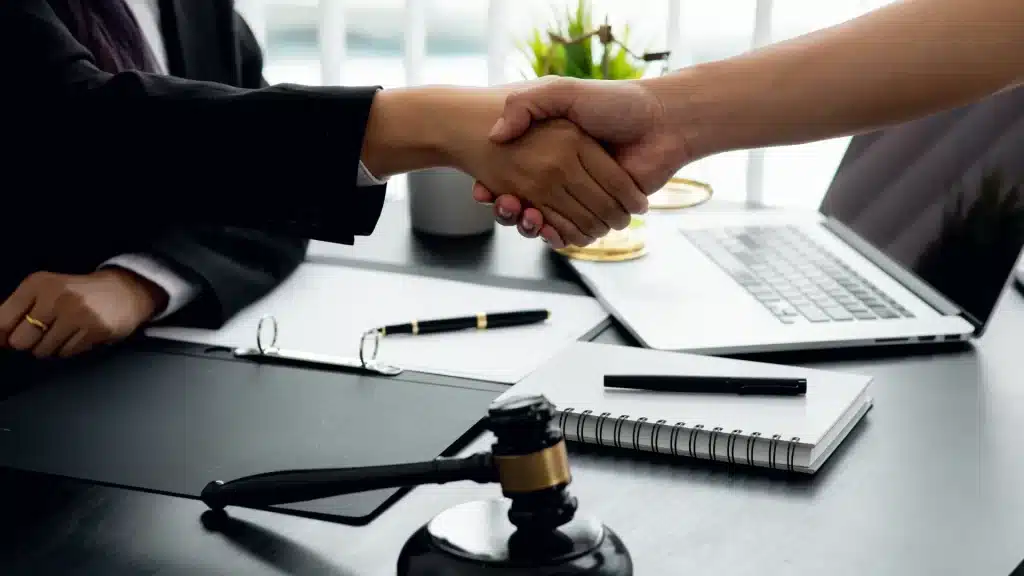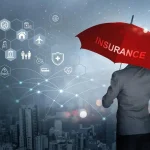Being hit by a vehicle while walking is more than just a physical injury—it’s a traumatic life event that can disrupt everything from mobility and independence to employment and peace of mind. Pedestrians are uniquely vulnerable in traffic collisions, often suffering serious harm with long-term consequences. After the accident scene clears and the immediate medical needs are addressed, victims are often left wondering how to navigate a complex road to recovery that involves not only healing their bodies but also protecting their rights.
Fortunately, the legal system provides powerful tools to help injured pedestrians regain stability. From pursuing compensation through insurance claims to working with investigators, medical experts, and litigation professionals, the right strategy can make the difference between frustration and forward momentum. The trusted Charleston pedestrian attorneys at Tiano O’Dell have helped countless victims move from crisis to closure by using every available legal resource to secure justice.
Filing a Personal Injury Claim
One of the most effective legal tools available to pedestrian accident victims is a personal injury claim. This type of civil lawsuit allows injured parties to seek compensation for damages caused by another person’s negligence. In pedestrian cases, these claims typically target the driver who hit the victim or, in some cases, a third party such as a vehicle manufacturer or municipal entity responsible for unsafe infrastructure.
Filing a personal injury claim begins with a detailed investigation into the circumstances of the crash. Your legal team gathers evidence to prove that the driver breached a duty of care and that this breach directly caused your injuries. Compensation may cover medical bills, lost wages, pain and suffering, and ongoing rehabilitation needs—critical support as victims work toward regaining their physical and emotional strength.
Leveraging Medical Evidence for Stronger Claims
Medical documentation is the cornerstone of any successful pedestrian accident case. Emergency room records, surgical reports, diagnostic images, and treatment plans all help establish the severity and impact of the injuries. Without this evidence, it becomes significantly harder to prove the legitimacy and extent of the damages being claimed.
Lawyers often work closely with healthcare providers to compile a comprehensive medical narrative. They may also enlist independent medical experts to validate injury assessments and explain future care needs. This medical evidence doesn’t just strengthen the legal argument—it also gives insurance adjusters or juries a clearer picture of the daily realities victims face as they recover.
Using Expert Testimony to Establish Liability
In many cases, establishing liability requires more than just eyewitness accounts or traffic reports. Expert witnesses, including accident reconstructionists, biomechanics specialists, and traffic safety engineers, can offer in-depth, science-based insights into how the crash occurred and who was at fault.
These professionals analyze skid marks, vehicle damage, pedestrian injuries, and road conditions to recreate the moment of impact. Their testimony can be essential in disputes over who had the right-of-way, whether the driver had adequate time to stop, or if visibility played a role. The clarity and authority of expert analysis often sway judges, juries, or insurance carriers in favor of the victim.
Negotiating With Insurance Companies
Many pedestrian accident claims are resolved through insurance settlements, but the negotiation process is rarely straightforward. Insurance companies are businesses first—they’re motivated to minimize payouts, not to ensure victims are fully compensated. Adjusters may offer quick settlements that don’t cover the full extent of injuries, future treatment costs, or lost earning potential.
Legal professionals bring critical leverage to the table. They understand how insurers operate and can counteract lowball offers with solid evidence and strategic negotiation. A strong legal advocate ensures that your claim reflects the full scope of your damages, reducing the risk of being undercompensated or pressured into an unfair agreement.
Calculating Damages Beyond the Obvious
One of the most overlooked legal tools is a full, forward-looking assessment of damages. While hospital bills and lost wages are obvious, the law also allows compensation for long-term impacts like reduced earning capacity, permanent disability, psychological trauma, and diminished enjoyment of life. These “non-economic” damages can significantly increase the value of a claim.
Attorneys work with vocational experts, financial analysts, and therapists to quantify these broader effects. Whether it’s calculating the lifetime income lost due to mobility impairment or evaluating the cost of in-home care for permanent injuries, this holistic approach ensures victims aren’t left struggling later on. It’s about securing not just short-term relief but long-term security.
Filing Claims Within the Legal Deadline
West Virginia law gives accident victims two years from the date of injury to file a personal injury lawsuit. This statute of limitations is firm—missing the deadline can result in losing the right to pursue any compensation, no matter how strong the case might be. That’s why timing is a crucial legal tool in its own right.
Starting the legal process early allows for proper evidence collection, witness interviews, and expert evaluations before key details fade. Early action also puts pressure on insurers to resolve claims more promptly and fairly. Victims who act quickly position themselves for the best possible outcome, both legally and financially.
Protecting Victims From Counterclaims and Blame
Another benefit of legal representation is protection against tactics used to reduce or deny compensation. Defendants and insurers may try to argue that the pedestrian was partially or fully at fault, claiming they crossed outside a crosswalk, weren’t visible, or ignored traffic signals. Under West Virginia’s comparative fault rules, these claims can reduce or eliminate compensation if not properly challenged.
Pedestrian accident lawyers combat this by presenting factual evidence, witness testimony, and legal precedent that clearly show the driver’s negligence. They also prepare clients for depositions or court appearances, ensuring that the victim’s account is consistent and compelling. Shielding clients from unfair blame is an essential part of rebuilding both reputations and financial stability.
Guiding the Journey From Trauma to Justice
Legal tools are more than case strategies—they’re instruments of healing. A well-executed legal plan doesn’t just win compensation; it restores a sense of control to victims who’ve lost so much. With each piece of evidence gathered and every right asserted, victims take one step closer to reclaiming their lives.
By combining legal insight with compassion, attorneys serve not only as advocates but as allies in recovery. They help victims move from shock and uncertainty to resolution and empowerment. For those injured on Charleston’s streets, the journey from injury to recovery may be long, but with the right support, it leads to justice, stability, and hope.







